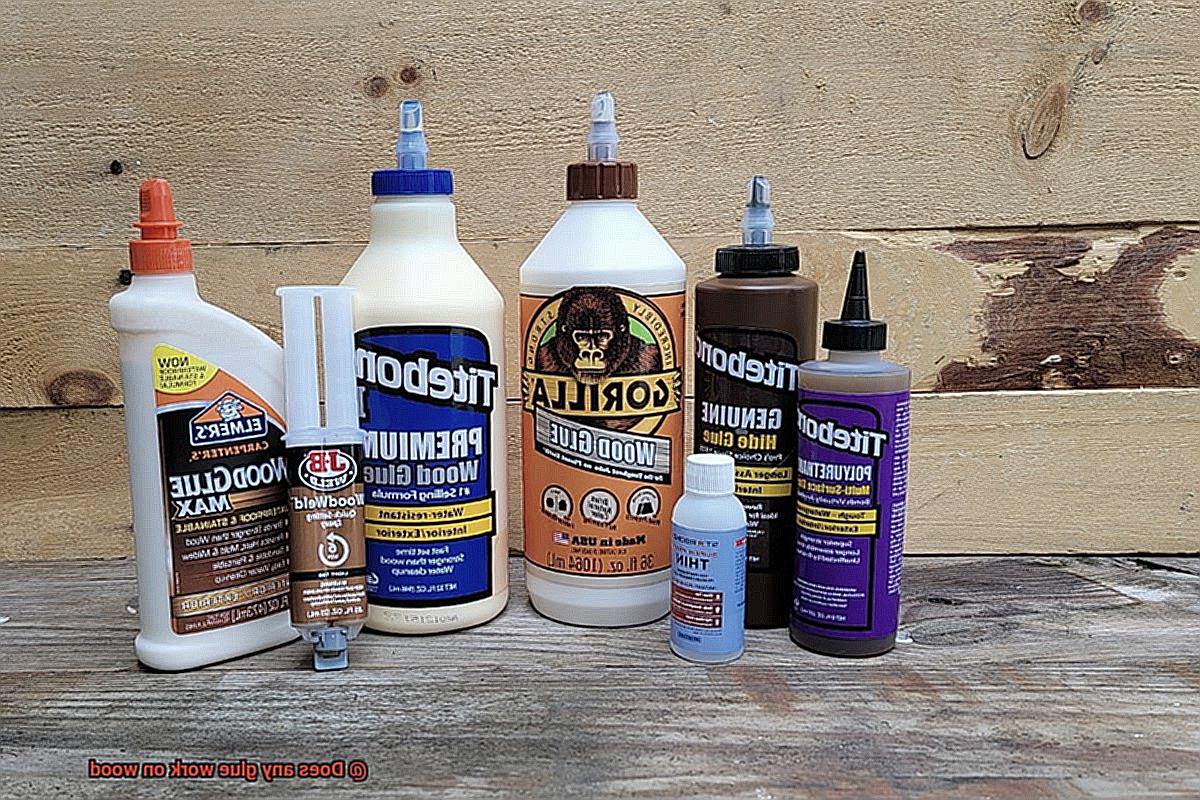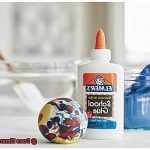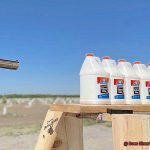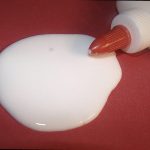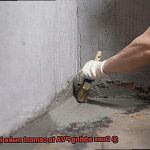Woodworking is a craft that can produce beautiful and timeless creations. But, when it comes to woodworking, the question of whether any glue works on wood is critical. As an expert in woodworking, I’ve seen many types of glue over the years. Some are designed specifically for woodworking, while others are more general-purpose adhesives.
So, which type of glue is best for woodworking? That’s what we’re going to explore in this blog post. I’m excited to take you on a journey of discovery about the different types of glues that you can use for your woodworking projects. We’ll go over the pros and cons of each type and offer tips and tricks for successful glue application.
Whether you’re a seasoned woodworker or just starting out, understanding the properties of different types of glue is essential if you want your project to be both durable and aesthetically pleasing. So let’s dive into the fascinating world of woodworking glues.
Types of Glue Used in Woodworking
Contents
- 1 Types of Glue Used in Woodworking
- 2 Understanding the Properties of Wood
- 3 What Glue Works Best on Wood?
- 4 PVA Glue: A Popular Choice for Woodworking Projects
- 5 Epoxy: Creating a Strong and Durable Bond
- 6 Cyanoacrylate (CA) Glue: Fast-Drying Adhesive
- 7 Polyurethane Glue: Water-Resistant Adhesive
- 8 Other Types of Glues to Consider
- 9 Conclusion
There are several types of glue that can be used in woodworking, each with its unique properties and advantages. Here are some of the most commonly used types of glue in woodworking:

PVA Glue
Polyvinyl acetate (PVA) glue is a popular choice for woodworking because it is easy to use, dries clear, and is water-resistant when cured. It is commonly used for interior applications such as furniture, cabinets, and trim work. PVA glue is also known for its great bonding strength and ability to expand as it cures, which helps to fill gaps between wood joints.
Epoxy Glue
Epoxy is a two-part adhesive that creates an incredibly strong bond, making it ideal for structural applications such as laminating and repairing wood. It can also be used to fill gaps and voids in wood. Epoxy glue dries clear and is resistant to water, chemicals, and heat. This type of glue is perfect for heavy-duty woodworking projects that require a strong and long-lasting bond.
Cyanoacrylate (CA) Glue
CA glue, also known as super glue, is a fast-drying adhesive that forms a strong bond between wood surfaces. It works best on smooth surfaces and can be used to bond small pieces of wood together quickly. However, it may not hold up well in high-stress applications.
Hide Glue
Hide glue is made from animal hides and has been used for centuries in woodworking. It is known for its strong bond and ability to be easily reversed with heat, making it ideal for antique restoration projects. Hide glue also has the advantage of being compatible with traditional finishes such as shellac or varnish.
Polyurethane (PU) Glue
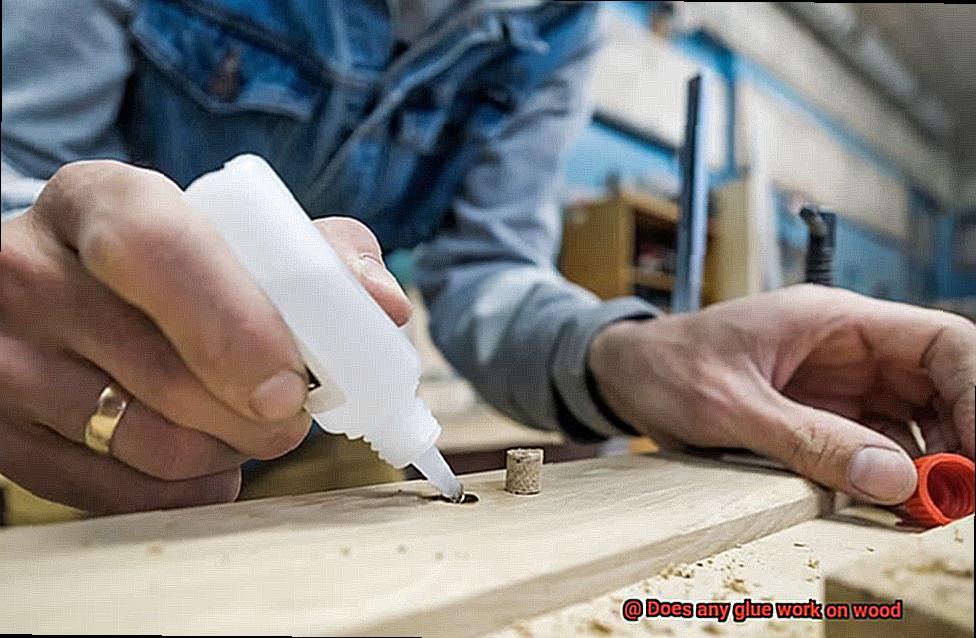
Polyurethane glue expands as it cures, filling gaps and creating a strong bond between wood surfaces. It is commonly used for outdoor applications where moisture resistance is important. PU glue is also perfect for woodworking projects that require a strong bond and can be used on a variety of different types of wood.
Contact Cement
Contact cement is a rubber-based adhesive that creates a permanent bond between two surfaces. It is commonly used in woodworking for laminating large surfaces such as countertops and tabletops. This type of glue is known for its excellent bonding strength and can be used on a variety of different materials.
In conclusion, the type of glue you use in woodworking will depend on the specific application and the characteristics you are looking for in the bond. It’s important to choose the right glue for your project to ensure a strong and lasting bond between wood surfaces.
Understanding the Properties of Wood
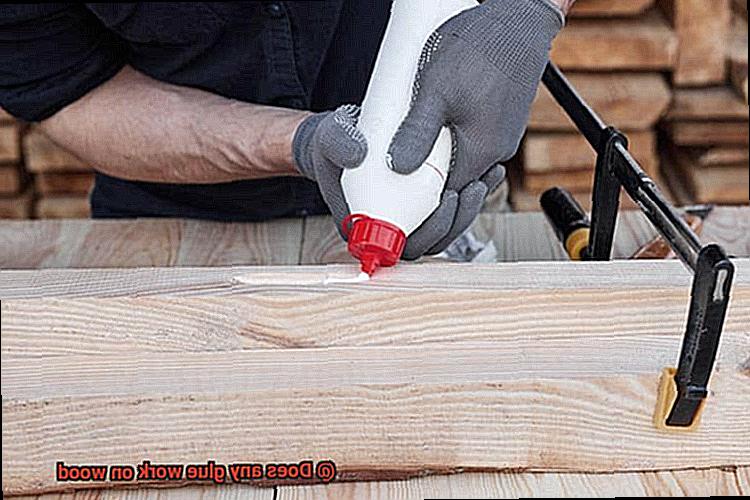
Understanding the properties of wood is essential in selecting the right adhesive for your project.
To start, wood is a porous material that can absorb and release moisture. As a result, changes in size and shape can occur, making it crucial to select an adhesive that can withstand these changes without losing its grip on the wood surface. For instance, polyurethane glue is an excellent option for outdoor projects as it can withstand moisture and temperature changes.
Moreover, different types of wood possess varying degrees of hardness, density, and porosity depending on their species and growth rate. Thus, not all adhesives will work equally well on different types of wood. For example, cyanoacrylate glue may work great on hardwoods but not on softwoods due to their varying densities.
In addition to its physical properties, wood also contains natural chemicals such as resins, oils and tannins that can interfere with certain adhesives’ ability to bond to the wood surface. Some adhesives are specially formulated to work with these chemicals while others may not be compatible at all. It’s therefore essential to select an adhesive that is suitable for the specific type of wood you’re working with.
By taking into consideration factors such as porosity, density, and chemical composition when selecting an adhesive, you can ensure a strong and lasting bond between wood surfaces. It’s crucial to understand these properties to select an appropriate adhesive that will provide a durable bond for your woodworking projects.
What Glue Works Best on Wood?
Attention all woodworkers. Are you curious about the best glue to use on wood? As an expert in this field, I’m thrilled to share my knowledge on the different types of glue available and which ones work best for your project.
- Firstly, we have polyurethane glue – a versatile option for bonding wood. This adhesive is strong, waterproof, and suitable for both softwoods and hardwoods. It’s perfect for exterior projects, but it’s crucial to use it sparingly, as it can expand as it cures.
- Next up is epoxy glue – a two-part adhesive that creates a powerful bond and is resistant to water and heat. This type of glue is ideal for high-stress applications and repairing damaged wood. Plus, it’s excellent for filling gaps.
For those who prefer traditional options, PVA glue is a popular choice. It’s easy to handle, dries clear, and won’t break the bank. Although it’s not as strong as other types of glue, it’s still a great option for many woodworking projects.
If you’re in need of a quick fix, cyanoacrylate (super glue) is your go-to. It dries quickly and is perfect for small repairs or bonding delicate pieces of wood.
Lastly, hide glue – made from animal hides – is perfect for antique restoration projects. It dries clear and won’t damage the original finish.
To sum up, when selecting the right glue for your project, consider your specific needs and the type of wood you’re working with. Choose a glue that creates a strong bond, is waterproof if necessary, and can withstand the stresses of your project.
PVA Glue: A Popular Choice for Woodworking Projects
As any experienced woodworker can tell you, selecting the right adhesive can make or break a project. And one adhesive that has stood the test of time is PVA glue. But what makes it such a popular choice among woodworking enthusiasts? Let’s take a closer look.
One of the primary reasons for PVA glue’s popularity is its versatility. It can be used on a wide variety of wood types, including softwoods, hardwoods, and plywood. But that’s not all – it’s also compatible with other materials like paper, cardboard, and fabric. So if you’re working on a mixed media project, PVA glue might be your best bet.

Ease of use is another factor that makes PVA glue a favorite among woodworkers. It’s water-based, which means it’s simple to apply and clean up. And because it dries clear, you don’t have to worry about unsightly residue marring your finished product.
But what about bonding strength? After all, that’s what really matters when it comes to choosing an adhesive. The good news is that PVA glue delivers in this regard as well. It boasts a robust bonding strength that will keep your project intact for years to come.
Of course, there are some situations where PVA glue may not be the best choice. For example, it’s not recommended for outdoor projects as exposure to moisture can cause it to break down over time. And if you’re working with particularly oily or greasy woods, you may need to explore other adhesive options.
Despite these limitations, PVA glue remains a top choice for woodworking projects due to its versatility, ease of use, and strong bonding strength. Plus, it’s non-toxic and easy to clean up with just soap and water – making it an ideal choice for projects involving children or pets.
Epoxy: Creating a Strong and Durable Bond
Epoxy is a two-part adhesive made up of a resin and a hardener. When combined, these two components create a chemical reaction that bonds materials together. This adhesive is known for its incredible strength and durability, making it one of the most popular choices for bonding wood and other materials.
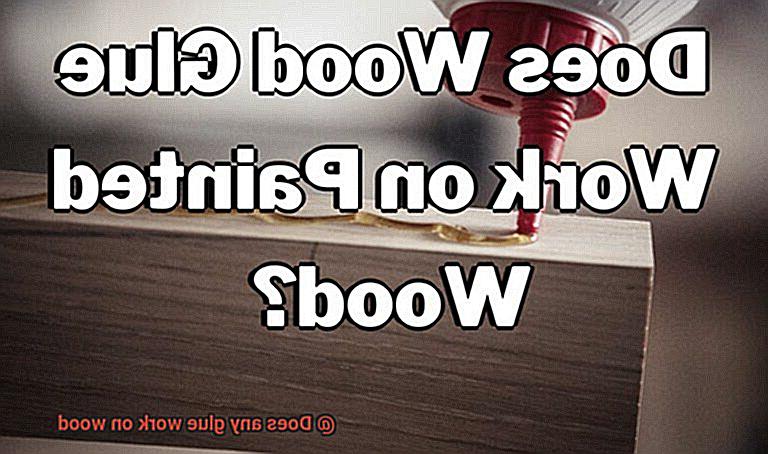
One of the things that set epoxy apart from other glues is its versatility. It can be used on both porous and non-porous surfaces, making it perfect for bonding different types of wood. Additionally, epoxy has a longer curing time than other types of glue, which provides more time to make adjustments and ensure proper alignment before the bond sets. This feature makes it easier to work with, especially when dealing with larger projects.
But there are more benefits to using epoxy in your woodworking projects. Once cured, epoxy can be sanded and painted over, making it an ideal choice for projects that require finishing touches. And unlike other adhesives, epoxy ensures that your woodworking project will last for years to come.
However, it’s essential to note that not all epoxy is created equal. When selecting an epoxy for woodworking projects, it’s crucial to choose one that is specially designed for wood bonding to ensure the best results.
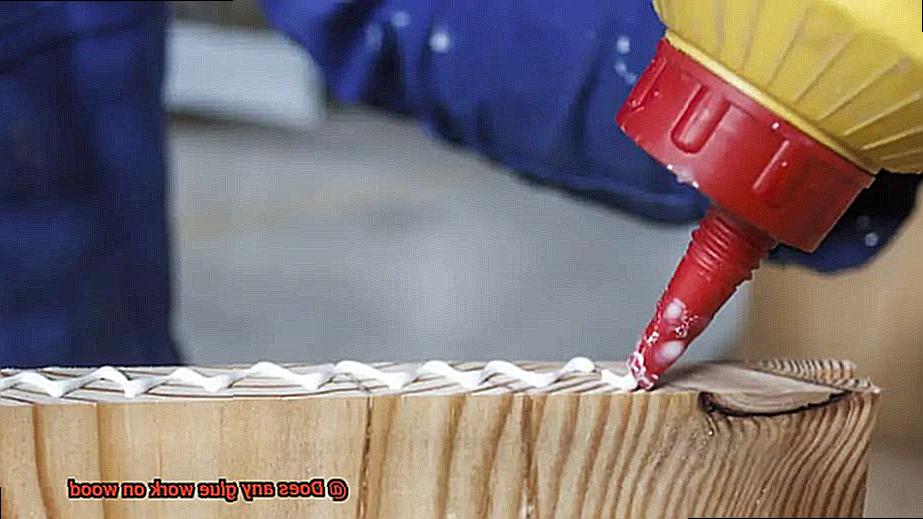
Cyanoacrylate (CA) Glue: Fast-Drying Adhesive
This fast-drying adhesive is a popular choice among woodworkers due to its efficiency and convenience.
One of the main advantages of using CA glue on wood surfaces is its lightning-fast drying time. In just a matter of seconds, you can bond wood surfaces together and move on to the next step of your project. This makes it an ideal option for those who want to complete their projects quickly and efficiently.

However, it’s important to note that CA glue may not be the best option for all types of woodworking projects. While it works well for small woodworking projects like models or crafts, it may not be strong enough for larger or more structural projects. CA glue can also be brittle and may not hold up well under stress or strain.
When using CA glue on wood surfaces, there are some important tips to keep in mind. First and foremost, make sure the surfaces are clean and dry before applying the adhesive. Any dust or moisture on the surfaces can weaken the bond and affect the strength of the final product. Additionally, use only a small amount of glue to avoid excess spreading, and use caution while bonding as CA glue can bond skin together too.
To ensure a strong bond, consider using a clamp or other pressure method to hold the surfaces together until the glue dries completely. Finally, assess your specific needs before choosing an adhesive for your project. While CA glue may work well for some projects, larger or more structural projects may require an adhesive that provides greater strength and durability.
Polyurethane Glue: Water-Resistant Adhesive
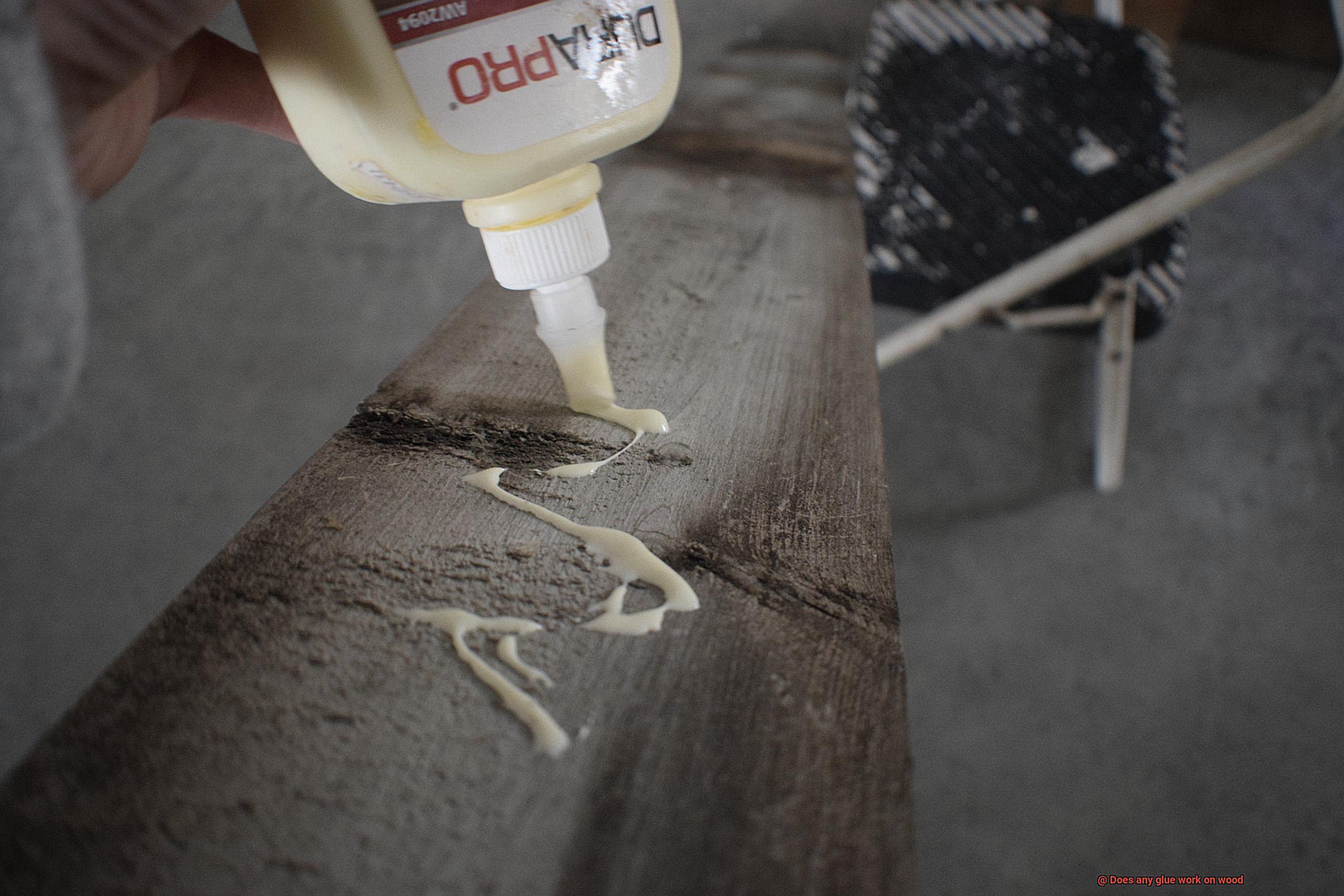
As a woodworker, you know that finding the right adhesive can make or break your project. That’s where polyurethane glue comes in – a water-resistant adhesive that is a game-changer for anyone who works with wood. Here’s why:
- Water Resistance: Polyurethane glue is the perfect choice for projects that will be exposed to moisture. This adhesive won’t lose its sticking power or weaken when it comes into contact with water. So, whether you’re building outdoor furniture or kitchen countertops, you can trust that your project will hold up against the elements.
- Versatility: Polyurethane glue can be used on all types of wood, from hardwoods to softwoods. This makes it an incredibly versatile adhesive that can be used in any woodworking project. Plus, it dries to a clear finish, so you don’t have to worry about unsightly glue marks.
- Filling Gaps and Cracks: One of the most impressive things about polyurethane glue is its ability to fill gaps and cracks in wood. When the glue reacts with moisture, it expands and fills any empty spaces, creating a strong and durable bond. This makes it an excellent choice for repairing wooden objects or joining pieces of wood together.
- Easy to Use: Applying polyurethane glue is incredibly easy. Simply apply a small amount of glue to one surface and press the two pieces of wood together. However, it’s important to note that this adhesive can expand significantly when it comes into contact with moisture. To prevent any excess from seeping out and creating a messy finish, make sure to clamp the joint tightly until the glue sets.
Other Types of Glues to Consider
When it comes to woodworking, using the same old wood glue for all your projects can get boring. Fortunately, there are other types of glue available that offer unique advantages and properties to make your projects even stronger and more durable.
Epoxy glue is an excellent alternative to traditional wood glue. It consists of two parts, a resin and a hardener, that when mixed together create a bond that is resistant to water and heat. This makes it perfect for outdoor furniture or kitchen countertops that will be exposed to moisture and high temperatures. Furthermore, epoxy glue can be used for filling gaps in wood joints or repairing damaged wood.
If you need a quick fix for small areas, consider using cyanoacrylate glue, or superglue. While it may not be suitable for larger areas or heavy-duty applications, it dries quickly and creates a strong bond for repairing cracks or attaching small pieces of wood together. Just be careful not to use too much as it can become brittle over time.
Looking for something that can fill gaps in the wood? Polyurethane glue is your go-to. As it dries, it expands and fills any gaps in the wood surface. This makes it ideal for use on rough or uneven surfaces, but be sure to clamp the pieces together while it dries. However, polyurethane glue can be challenging to work with as it requires moisture to activate.
For laminating wood or attaching veneer, contact cement is a popular choice. It creates a strong bond that is resistant to water and heat. Both surfaces are coated in the adhesive and allowed to dry before being joined together. However, contact cement requires both surfaces to be coated in the adhesive and then left to dry before joining them together.
Esvb64fUQ10″ >
Also Read: How To Glue Pictures On Wood?
Conclusion
In conclusion, selecting the appropriate glue for your woodworking project is paramount in achieving a robust and long-lasting bond between wood surfaces. With a plethora of options available, each with its unique properties and advantages, it’s essential to choose wisely.
Polyvinyl acetate (PVA) glue is a popular choice due to its user-friendly application, water-resistant properties, and exceptional bonding strength. Epoxy glue is another excellent option, perfect for structural applications or repairing damaged wood by filling gaps in joints. Meanwhile, Cyanoacrylate (CA) glue dries quickly and is ideal for small repairs or bonding delicate pieces of wood. For antique restoration projects, hide glue is the way to go. Lastly, Polyurethane (PU) glue expands as it cures, creating a strong bond by filling gaps between wood surfaces.
Moreover, understanding the characteristics of different types of wood plays an integral role in selecting the right adhesive. Factors such as porosity, density and chemical composition can affect how well an adhesive bonds to the surface. Therefore, choosing an adhesive that can withstand any changes in size or shape without losing its grip on the wood surface is crucial.
Ultimately, choosing the right adhesive depends on your specific needs and woodworking project requirements.

